





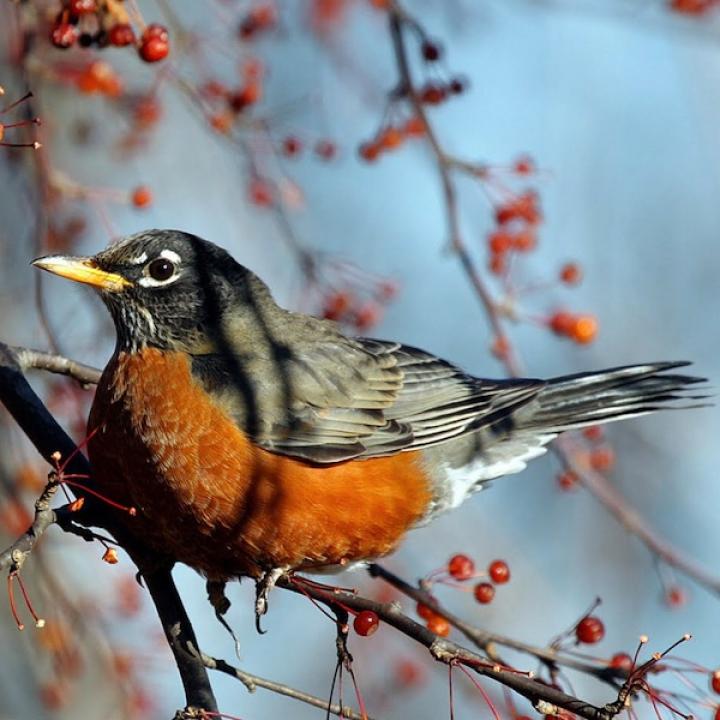
Here are five tips for making your backyard more bird-friendly. It takes more than just hanging a feeder or two. Small birds eat constantly during the day and they need to be able to find food 365 days a year.
And why do we want our feathered friends to visit?
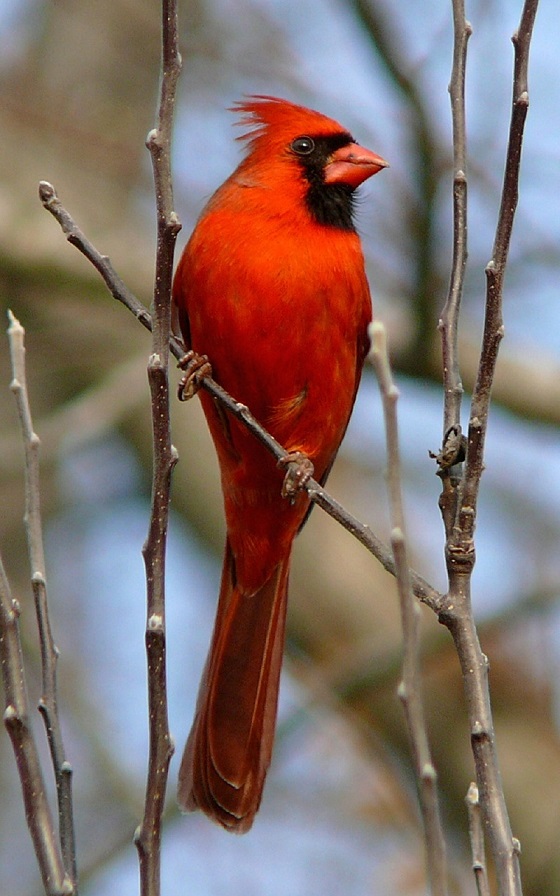
Take a look at your garden from a bird’s point of view. Here are five tips:
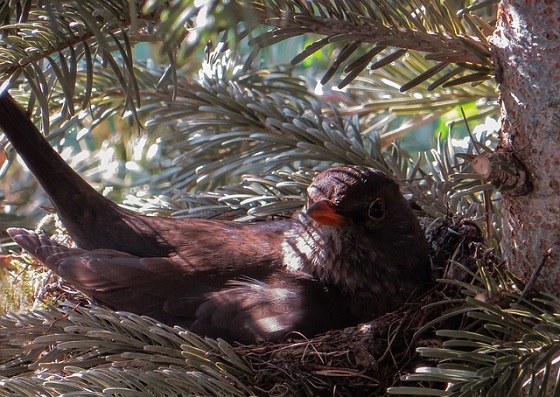
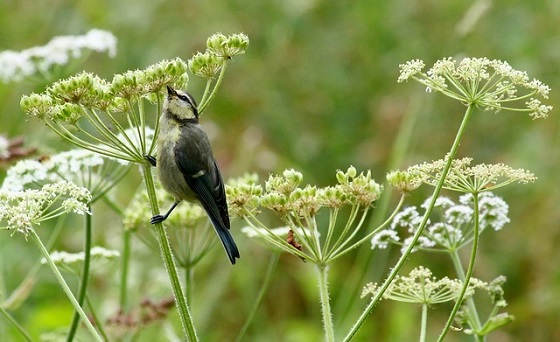
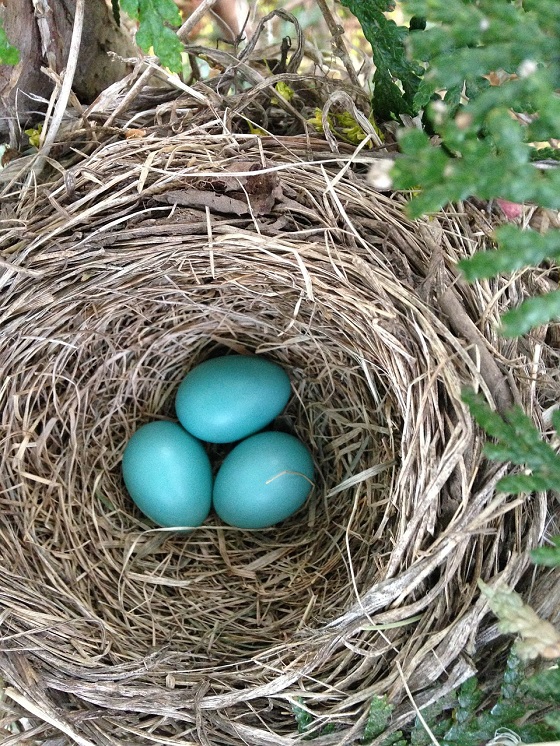
You may have to delay pruning if a family of robins decides to nest in your forsythia. Instead of diligently deadheading every fading flower, allow seed heads to stand for the birds to eat. Let your yard grow a little wild to provide areas of shelter. As long as they pose no danger to people or property let dead trees stand. They give cavity-nesting birds a place to call home and provide insects and grubs for other birds to eat.
Birds will reward your efforts by helping to control insects, garden pests, and mosquitoes. By planting a variety of food sources for each season, you will create a year-round haven for our feathered friends and prove that gardening is really for the birds!
~ By Robin SweetserGet inspired by Robin Sweetser's backyard gardening tips. Robin has been a contributor to The Old Farmer's Almanac and the All-Seasons Garden Guide for many years. She and her partner Tom have a small greenhouse business and also sell plants, cut flowers, and vegetables at their local Farmer's Market.
Copyright © www.100flowers.win Botanic Garden All Rights Reserved